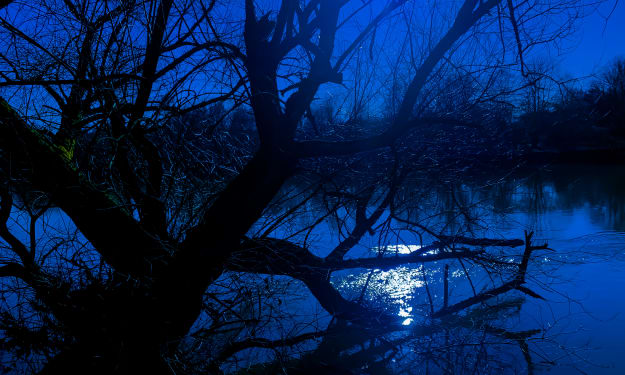The story of photography
How photography was invented in 1837

Photography is not old - It came into the world in the middle of the 19th century. It soon became a craft with apprenticeship and journeyman's certificate. To understand some of the following stories, it is necessary to first know a little about the history of photography.
Louis Daguerre discovered in 1837 that when a lens was reproduced on a copper plate plated with iodine silver, he could evoke the motif by holding the plate in mercury vapors, and he could maintain (fix) the image with table salt (later sodium nithiosulfate). The daguerreotype had come into the world. The image was flipped and you could not make copies of it.
The chemistry of photography
The disadvantages of the daguerreotype were overcome in 1851, when the wet plate process was invented. Collodium (shooting cotton) was dissolved in alcohol with iodine potassium to give a viscous, colorless liquid which adhered to a glass plate. The glass plate with the sticky collodion surface was prepared with a silver nitrate solution. In the wet state, the glass plate was placed in the camera in the dark and the recording and development were to take place while the plate was still wet. You now got a negative image on the glass plate and when it was fixed and dried, you could take as many positive prints as you wanted on albumin-treated (egg white fabric that was made light-sensitive) paper. The wet plates were not very light sensitive, and therefore the lighting time was still long, 1-5 minutes. The albumin paper also required strong lighting and it was therefore very difficult to make enlargements. This was the reason why contact copies were used almost exclusively, where the positive was exactly as large as the negative. If the image were to be large, one would have to produce a large negative. Although the wet plate process was a big step forward, it was still a cumbersome workflow for the photographer. He had to mix all the chemicals himself and he had to be quick to get the recording in the box while the plate was still wet. In addition, he had to use running water, which was not always easy to obtain when he was out in the field.
During the 1870s, gelatin (very pure, transparent glue in the style of husblas) was used instead of collodion, which meant that you could now buy the glass plates dry - prepared with the light-sensitive silver bromide. The lighting time was significantly reduced - to 1/25 second in normal daylight. You could take a series of pictures - also out in the field, and inside the darkroom you could develop them when it suited you. Also the copy paper became significantly more light sensitive by being prepared with gelatin and silver bromide. Now you could make magnifications using gas light lamps.
In 1889, Kodak brought the roll film to market, where the glass plate was replaced by a celluloid strip. The problem with using celluloid was that it was difficult to get a long, wide strip to lie completely flat. This was solved by making the negative smaller (approx. 6 x 9 cm), but now it had also become possible to make good magnifications. Most professional photographers, however, continued to use the glass negative, but the roll film allowed many amateurs to take photographs. The new appliances were easy to carry and easy to operate.
Daylight dependent
A photographic shot was still dependent on daylight. Therefore, studios were set up with large glass walls and glass panes in the ceiling. In the big cities, in order to get enough light, you had to arrange yourself in the attics, and therefore at the end of the 19th century studios were seen shooting up at the very top of the houses - with large, glass-covered twigs. There should preferably be a bright but diffused light. This could be regulated with the help of light curtains, and a location was chosen on the north-facing side of the house to avoid the incident sunlight. The light should preferably be cold (ie bluish) because collodion sheets and paper were only sensitive to blue light. In the big cities there were many stairs to climb up to the photographer.
Photography means light drawing. Light was needed; lights and chemicals did the job. Therefore, the working day was short in winter - maybe only 3-4 hours. It was then decided to burn off magnesium powder. It gave a very strong flash of light and it was enough to capture the motif on the plate. Later came the electric lamps and now the photographers could move down to the ground floors.
About the Creator
Erik Tilbud Olsen
Godtager du et af håndværker tilbuddene, kan du score mindst 1/4 af den ordinære pris i favorabel prisrabat på håndværkeropgaven. Tæt på dig kan venlige faglærde specialister såvel få løst din sag som udføre pensioner.






Comments
There are no comments for this story
Be the first to respond and start the conversation.